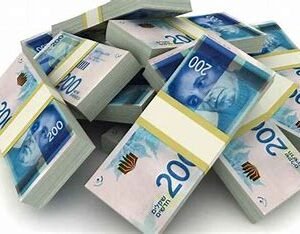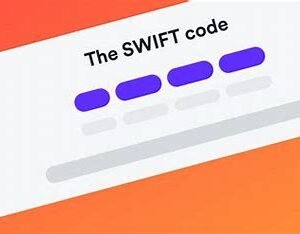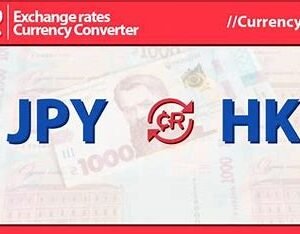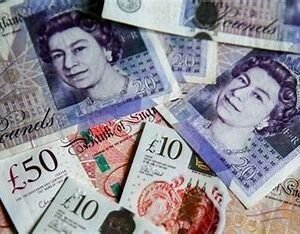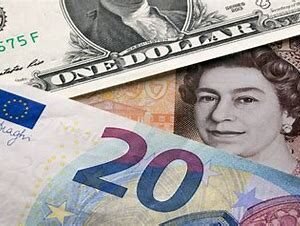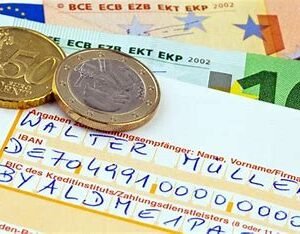Cyprus, the third-largest island in the Mediterranean, has a rich history and a diverse culture. Understanding its currency is essential for anyone visiting or doing business in the region. This article explores the currency of Cyprus, its historical context, current usage, and practical information for travelers and residents alike.
The Evolution of Cyprus Currency
Early Currency
Before the introduction of a standardized currency, ancient Cypriots used various forms of trade, including barter systems and commodities like grain, livestock, and precious metals. The first minted coins appeared around the 6th century BC, influenced by neighboring cultures such as the Greeks and Phoenicians. These early coins were made from electrum, a naturally occurring alloy of gold and silver.
The Cypriot Pound
In 1972, Cyprus introduced the Cypriot pound (CYP) as its official currency, replacing the British pound, which had been used since colonial rule. The Cypriot pound was subdivided into 100 cents and remained the official currency until 2008. The pound featured images of notable figures from Cypriot history and cultural symbols, representing the island’s rich heritage.
Transition to the Euro
In 2008, Cyprus adopted the euro (EUR) as its official currency, becoming the 14th member of the Eurozone. The transition was a significant step in integrating Cyprus into the European Union’s economic framework. The euro is now used throughout the island, providing a stable and widely accepted currency for both locals and tourists.
Current Currency: The Euro (EUR)
Euro Coins and Banknotes
The euro is available in both coins and banknotes, each with unique designs that represent the culture and history of Europe. Euro coins come in denominations of 1, 2, 5, 10, 20, and 50 cents, as well as 1 and 2 euros. Each coin features a common side with the denomination and a national side that varies by country.
Cyprus features its own designs on the euro coins, including images of cultural and historical significance, such as:
The map of Cyprus on the 1 and 2 euro coins, symbolizing the island’s unity and identity.
The goddess Aphrodite, representing the rich mythology associated with the island.
Euro banknotes are standardized across the Eurozone and feature architectural styles from different periods in European history.
Currency Symbol and Code
The euro symbol is €, and its international currency code is EUR. This standardization allows for easy recognition and exchange in international markets.
Economic Impact of the Euro in Cyprus
Benefits of Euro Adoption
Stability: The euro provides economic stability and predictability, helping to reduce inflation and interest rates.
Simplified Trade: As a member of the Eurozone, Cyprus benefits from seamless trade with other euro-using countries, eliminating exchange rate risks.
Tourism: The euro makes it easier for tourists from other Eurozone countries to visit Cyprus, as they do not have to exchange currency.
Challenges
While the adoption of the euro has its benefits, Cyprus has also faced challenges, particularly during the European debt crisis in the early 2010s. The Cypriot economy struggled, leading to a banking crisis that necessitated financial assistance from the EU and the International Monetary Fund (IMF). This situation highlighted the vulnerabilities of smaller economies within a larger currency union.
Practical Information for Travelers
Currency Exchange
If you are traveling to Cyprus, here are some practical tips regarding currency exchange:
Currency Exchange Services: Exchange bureaus and banks are available for currency exchange. Airports and tourist areas may have higher fees, so it’s advisable to compare rates.
ATMs: ATMs are widely available, allowing you to withdraw euros directly. Check with your bank regarding international withdrawal fees.
Credit and Debit Cards: Most businesses in Cyprus accept major credit and debit cards. However, it’s good to carry some cash for smaller establishments and rural areas.
Cost of Living
Cyprus offers a relatively affordable cost of living compared to other European destinations. Here’s a general overview of prices:
Dining Out: A meal at a mid-range restaurant may cost around €15-30.
Transport: Public transport is affordable, with bus fares typically around €1.50.
Accommodation: Hotel prices vary significantly, but you can find budget options starting from €40 per night.
Tipping Culture
Tipping in Cyprus is customary but not obligatory. A tip of around 10% in restaurants is appreciated for good service. For taxi drivers, rounding up the fare is common practice.
Economic Overview of Cyprus
Key Industries
Cyprus has a diverse economy, with key sectors including:
Tourism: A major contributor to the economy, attracting millions of visitors annually with its beautiful beaches, historical sites, and vibrant culture.
Financial Services: Cyprus is known for its banking sector and as a hub for international business and investment.
Shipping: The island has one of the largest shipping registers in the world, contributing significantly to its economy.
Economic Outlook
As a member of the Eurozone, Cyprus benefits from EU funding and trade opportunities. The economy has shown signs of recovery post-2013 crisis, with growth in tourism, construction, and financial services. Continued investment in infrastructure and innovation is expected to drive future growth.
FAQs
What is the current currency of Cyprus?
The current currency of Cyprus is the euro (EUR). Cyprus adopted the euro on January 1, 2008, replacing the Cypriot pound (CYP) as its official currency. This transition was part of Cyprus’s membership in the European Union and the Eurozone.
Why did Cyprus switch to the euro?
Cyprus switched to the euro to enhance economic stability and integration with the European Union. The euro offers several benefits, including reduced currency exchange risks for trade and tourism, as well as lower inflation rates compared to the former Cypriot pound.
What are the denominations of the euro used in Cyprus?
The euro is available in both coins and banknotes. Euro coins come in denominations of 1, 2, 5, 10, 20, and 50 cents, as well as 1 and 2 euros. Euro banknotes are available in denominations of 5, 10, 20, 50, 100, 200, and 500 euros. All euro coins feature a common side, while the national side varies by country, showcasing unique cultural symbols.
Are there any special designs on Cypriot euro coins?
Yes, Cypriot euro coins feature unique designs. The 1 and 2 euro coins display a map of Cyprus, symbolizing the island’s identity and unity. This representation reflects the cultural heritage of Cyprus and its status as a member of the Eurozone.
Understanding the currency of Cyprus, which is now the euro, enhances your experience on the island. Whether you are a traveler exploring its rich history and beautiful landscapes or a resident managing daily expenses, being familiar with the euro and its practical applications will help you navigate Cyprus more easily.
To read more, click here
